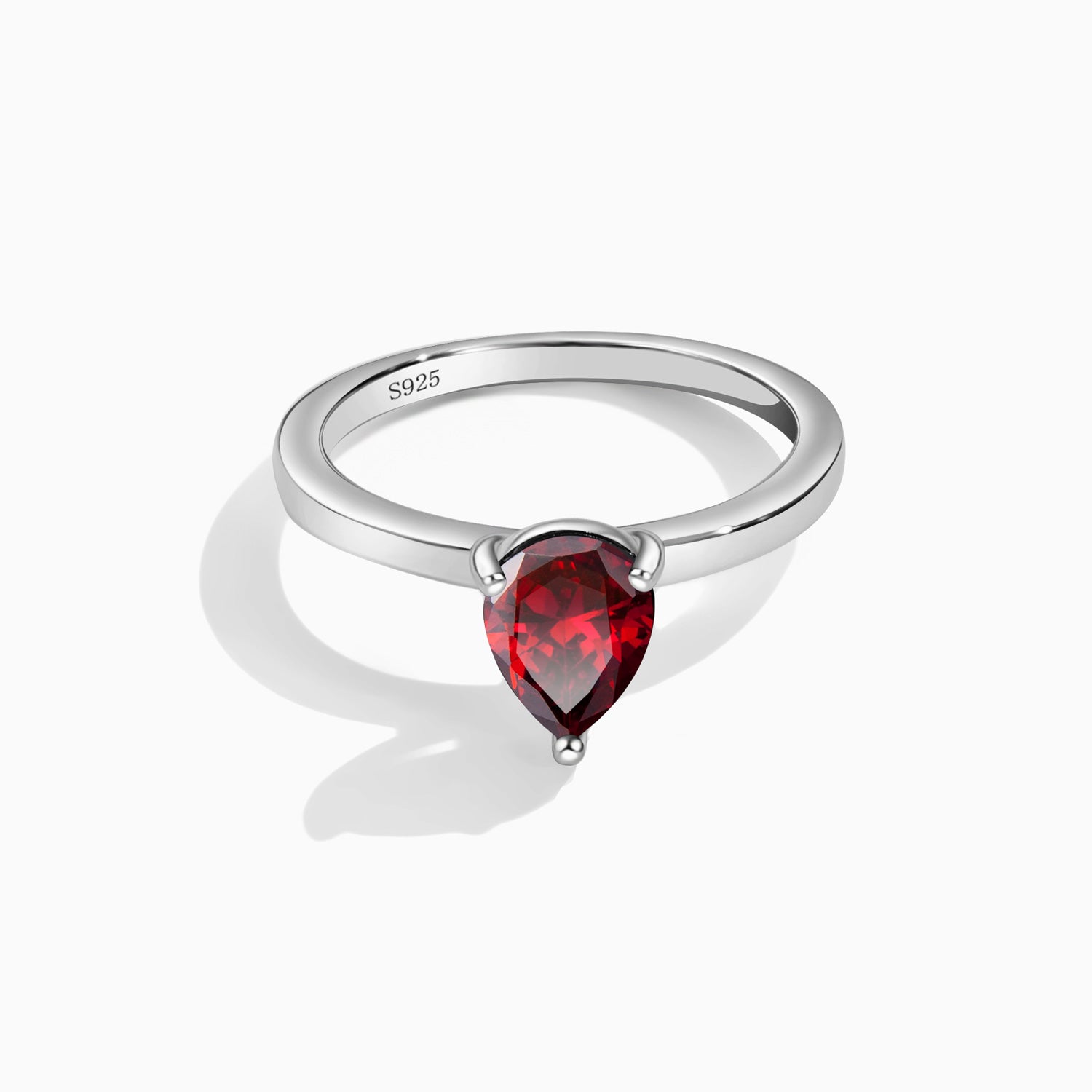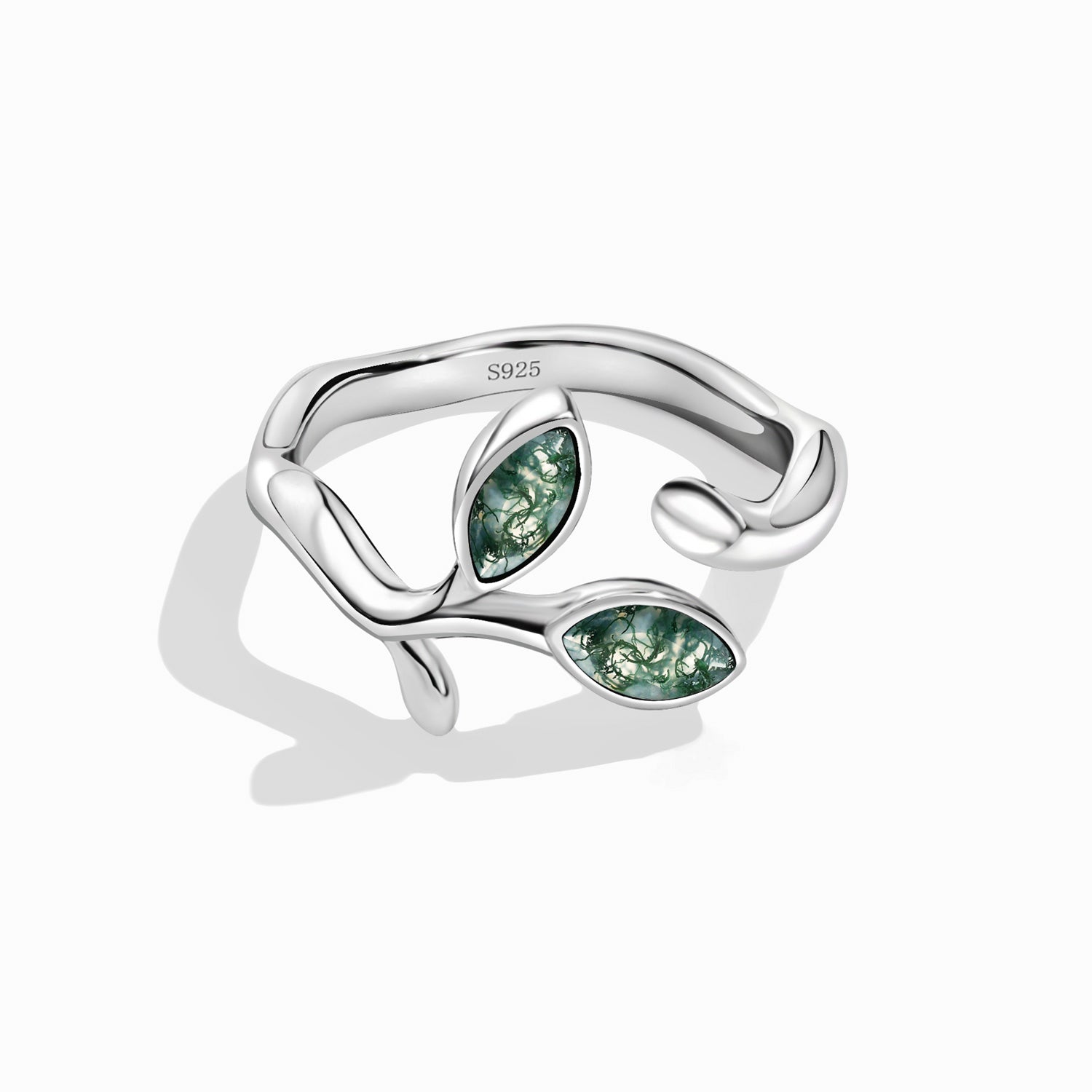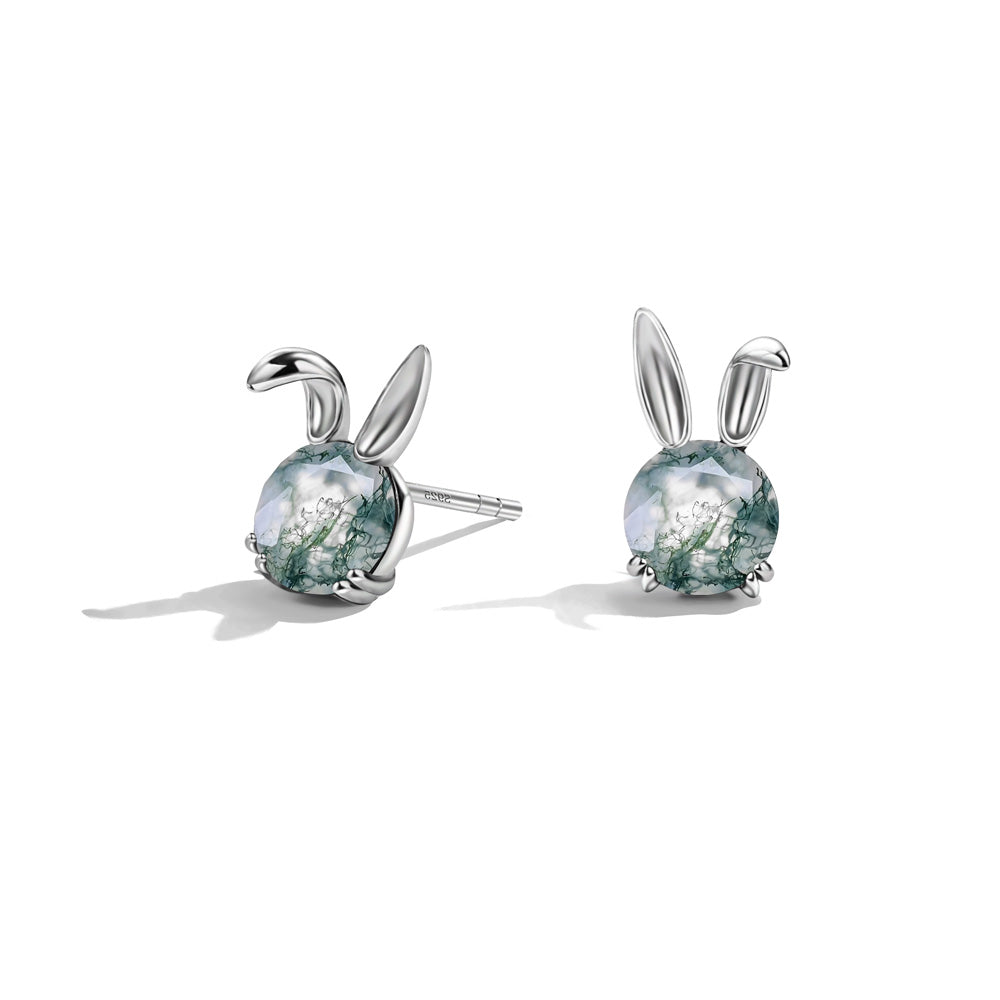Sodalite is named after the Latin word sodalis, meaning comrade. This is an appropriate name for the stone, as it is a friend anyone would be lucky to have in their corner.
Sodalite is found deep below the earth’s surface, sometimes in igneous rock deposits. It may also be brought up by volcanic activity. The earliest deposits of this brilliant blue stone were found in the Ilimaussaq compound in Greenland in 1811. It was commonly used to make statement jewelry until large deposits were discovered in Ontario, Canada in 1891. The Canadians affectionately called the stone “Princess Blue,” recognizing its use by Princess Margaret of England who used it to decorate the inside of The Marlborough House. Sodalite was used to make brilliant jewelry and carved into statues, pyramids, and obelisks.
High-quality sodalite is harvested all around the world. Deep blue stones are found in Bancraft, Ontario, and Ohopoho, Namibia. Other countries with sodalite deposits include Myanmar, India, Rajasthan, Brazil, Guinea, Scotland, Russia, Norway, Langesundsfford, Ruma, Greenland, Canada, Germany, Bahia, Bolivia, and Afghanistan. In the United States, sodalite is found in Montana, South Dakota, Colorado, Arkansas, New Hampshire, Maine, and Massachusetts.
Another type of sodalite, hackmanite, has a higher sulfur content that allows the stone to change color when exposed to sunlight. Hackmanite mined in Myanmar and Afghanistan starts white before turning violet or pink, while stones from Greenland or Canada start pink or violet and turn white or gray. The color can be reversed by exposing these mystical stones to darkness.


















